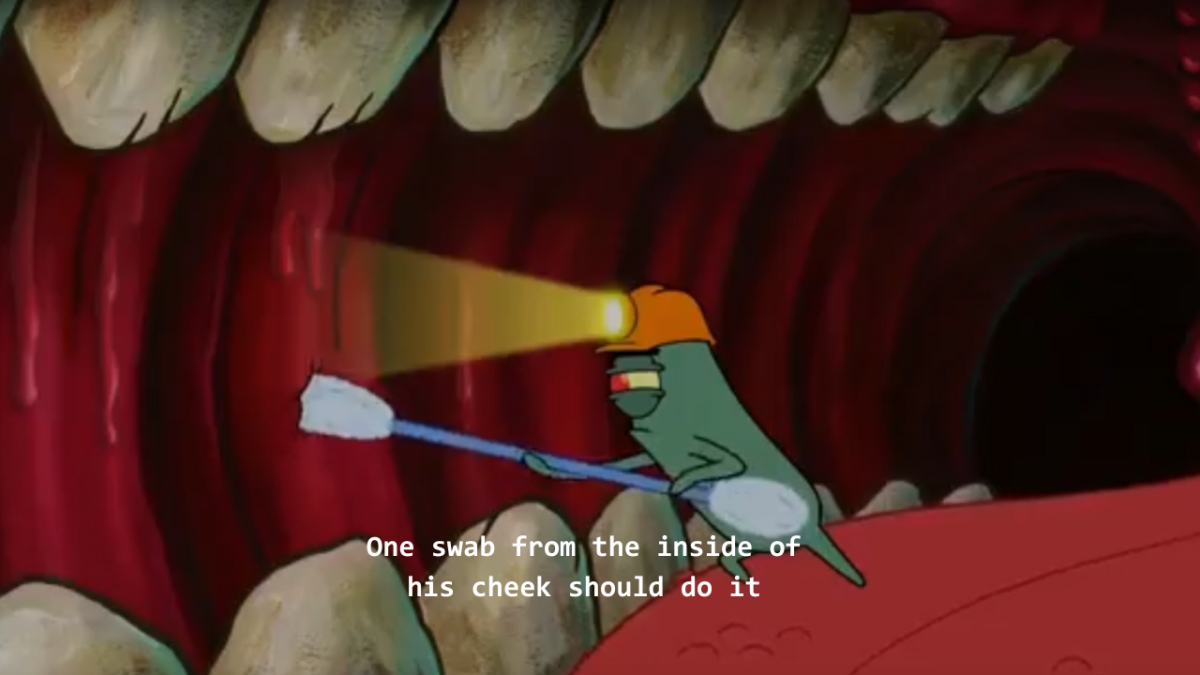
Australia has a stem cell donation problem.
Because of this, thousands of Australians have found themselves relying on strangers on the other side of the planet to selflessly donate the stem cells needed to save their lives. In fact, the charity that is Australia’s only registry of stem cell donors stated earlier this year that nearly 85 per cent of Australians who needed a stem cell donor but couldn’t find one in their family relied on overseas donors. This is especially troubling given that around 110,000 Australians are suffering from blood cancer at this moment.
So why the gap? What’s stopping more Australians from donating stem cells?
In an admission to Federal parliament, Health Minister Mark Butler acknowledged that it’s due to years of bureaucratic red tape and government inaction.
Lisa Smith, the chief executive of Australia’s stem cell registry also, says that due to this red tape, only a small number of people – who also had to be blood donors – could join the registry. Because so few people could join, many thought that there was little point in raising awareness.
But while the registry continues to wait for government funding, their Strength to Give initiative has been paving the way, launching a national awareness campaign encouraging anyone aged 18-35 to join with easy, home-delivered cheek swabs.
Finding a stem cell donor isn’t easy. For a start, about 70% of Australians needing a transplant won’t find a matching donor in their family and need the registry to search for them. Their chance of matching a donor depends on how many donors share their ethnicity. Today, less than a quarter of Strength to Give donors come from a diverse background. Then there’s the age of their donor – the younger their donor is, the better their chance of survival. Less than 1% of Australians in the ‘ideal’ age range of 18-35 have signed up to Strength to Give. There is an urgent need for males aged 18-35 to donate stem cells, as they are able to donate larger amounts of stem cells.
What are stem cells and how do they help?

According to the Leukemia Foundation, blood stem cells produce the body’s blood cells. This includes white blood cells, which fight diseases and infection, red blood cells that carry oxygen, and platelets to help the blood clot. For some Australians, their body either can’t produce healthy stem cells, or their stem cells can’t produce healthy blood, and without a transplant, they will likely die.
So what does a stem cell blood donation look like compared to regular blood donations?
Unlike blood, stem cell donors are only asked to donate when they are matched to a patient. They might be the only person in the world that matches with that patient. After a careful health screening, the donor will have a few jabs to encourage their body to make lots of stem cells. These cells are then filtered out from the donor’s blood over a few hours. The process takes place in a hospital, with the donor usually sitting in a chair watching TV.
Like blood, donating stem cells is always voluntary, even after you’ve signed up.

How would you know if you’re eligible? If you are aged 18-35 and generally healthy, you’re probably eligible. You can read more about it on the Strength to Give website.
If you’re eager to help save a life, consider signing up on Strength to Give’s website today, to see if you are a potentially life-saving match for someone.
Image credit: Spongebob Squarepants
